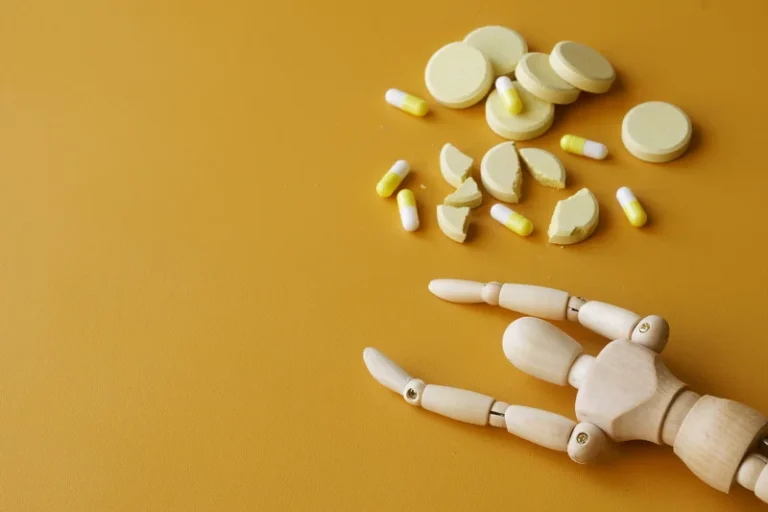
This is particularly related to the peer support and solidarity offered at a sober living home where all residents are on the recovery journey together. As the National Institute on Drug Abuse (NIDA) states, peer support programs during and following treatment can help maintain abstinence. Recovery residences are less expensive than living at Halfway House vs Sober Living a rehabilitation facility or detox center because fewer services are offered. But many sober homes require residents to attend support group meetings or participate in 12-step programs or outpatient treatment, which may be an additional cost for residents to consider. Law reforms like the Affordable Care Act (ACA) and the Mental Health Parity and Addiction Equity Act (MHPAEA) require health plan companies to provide insurance coverage for rehab.

steps to get grant funding for a Sober Living, Recovery Residence, or Halfway House
The homes are usually run by a rehab facility, a person in recovery or residents who have maintained sobriety for extended periods of time. Halfway houses can also help people with other mental health disorders find stable housing after mental health treatment. Transitional living environments for people with a history of homelessness may also be called halfway houses. Sober living homes prioritize a safe and supportive environment, emphasizing accountability, community, and the development of life and coping skills necessary for long-term recovery. They offer various benefits, such as increased accountability, access to recovery resources, and opportunities for personal growth. These homes often cater to specific groups, such as veterans, individuals with co-occurring disorders, or women with children, ensuring tailored support that addresses unique recovery needs.

How to Celebrate Halloween Sober
Without the supervision and structure of a treatment program, a person in recovery can be tempted to return to old habits. The risk of relapse is particularly high in the first few months following treatment. Studies have identified that 65% to 70% of people relapse within the initial 90-day period.
- Though similar, sober living homes are intended exclusively for people graduating from addiction treatment programs and are usually individually owned – offering a considerable level of comfort and privacy.
- Sober living homes are structured, safe and substance-free living environments for individuals in recovery.
- These facilities range from entirely carceral to not carceral at all (represented by the locked doors), and feature different priorities and programming for the people residing in them.
Your Insurance Can Pay for Rehab
- An example is the Substance Abuse and Mental Health Services Administration (SAMHSA), which offers grants to organizations that provide addiction treatment and recovery services.
- Recovery residences, more commonly known as sober living homes, are dedicated to helping people re-enter society after receiving treatment for alcohol or drug addiction.
- The length of your stay depends on the level of care provided, with some houses having minimum and maximum time limits.
They can also provide referrals to general health services and mental health providers. The main goal of residential reentry centers, the term that the Federal Bureau of Prisons uses to describe halfway houses, is to reduce recidivism. Most of the centers are run by contractors, and the Federal Bureau of Prisons provides oversight. The services and resources a halfway house provides depend on the type of operator, the purpose of the residence and the types of residents who live there. In general, halfway houses have strict rules, accountability tests and resources to aid residents.
How to Find Funding for a Halfway House
- In some instances, rehab facilities may refer a patient to a halfway house following treatment.
- Most transitional housing programs are supported by government funding and private partnerships.
- These homes offer a substance-free environment and a community of individuals who understand the challenges of addiction.
- The housing programs help participants learn life skills, develop vocational skills and find employment.
Informed by her personal journey to recovery and support of loved ones in sobriety, Jessica’s empathetic and authentic approach resonates deeply with the Addiction Help community. For the most part, residents live at a halfway house for about 3 months to a year. Halfway homes and sober houses have high retention rates, and the individuals who commit to 90 days or more are much more likely to remain sober both at the halfway house and for months afterward. Some recovering addicts may struggle with too much freedom and need more of a residential rehab center’s structure.

The Cost of Running a Halfway House

In a Facebook video, a resident described “6 to 8 people” leaving Hope Village daily in an ambulance. These woeful inadequacies are indicative of a larger systemic failure of halfway house oversight that often results in deeply problematic conditions for residents. Too often, audits are only conducted after journalists report on the ways specific halfway houses are failing residents, rather than government correctional agencies doing proper oversight on their own.
- Several studies have been conducted to explore the role of halfway housing in long-term addiction recovery.
- This pattern of inadequate staffing extends to CEC halfway houses in California, where a former facility director cited inadequate training and earnings barely above minimum wage.
- My son has been living in a sober living home which has taught him how to control his addiction and become a better person.
- Sober living homes, also known as recovery housing or halfway houses, are structured living environments for individuals who are in the process of recovering from substance use disorders.
- Individuals who breach this are usually removed from the home immediately to protect the other residents.
- However, the people who are attracted to this form of living expect a lot of space, and amenities including pools, personal chefs, massage therapists, and more.